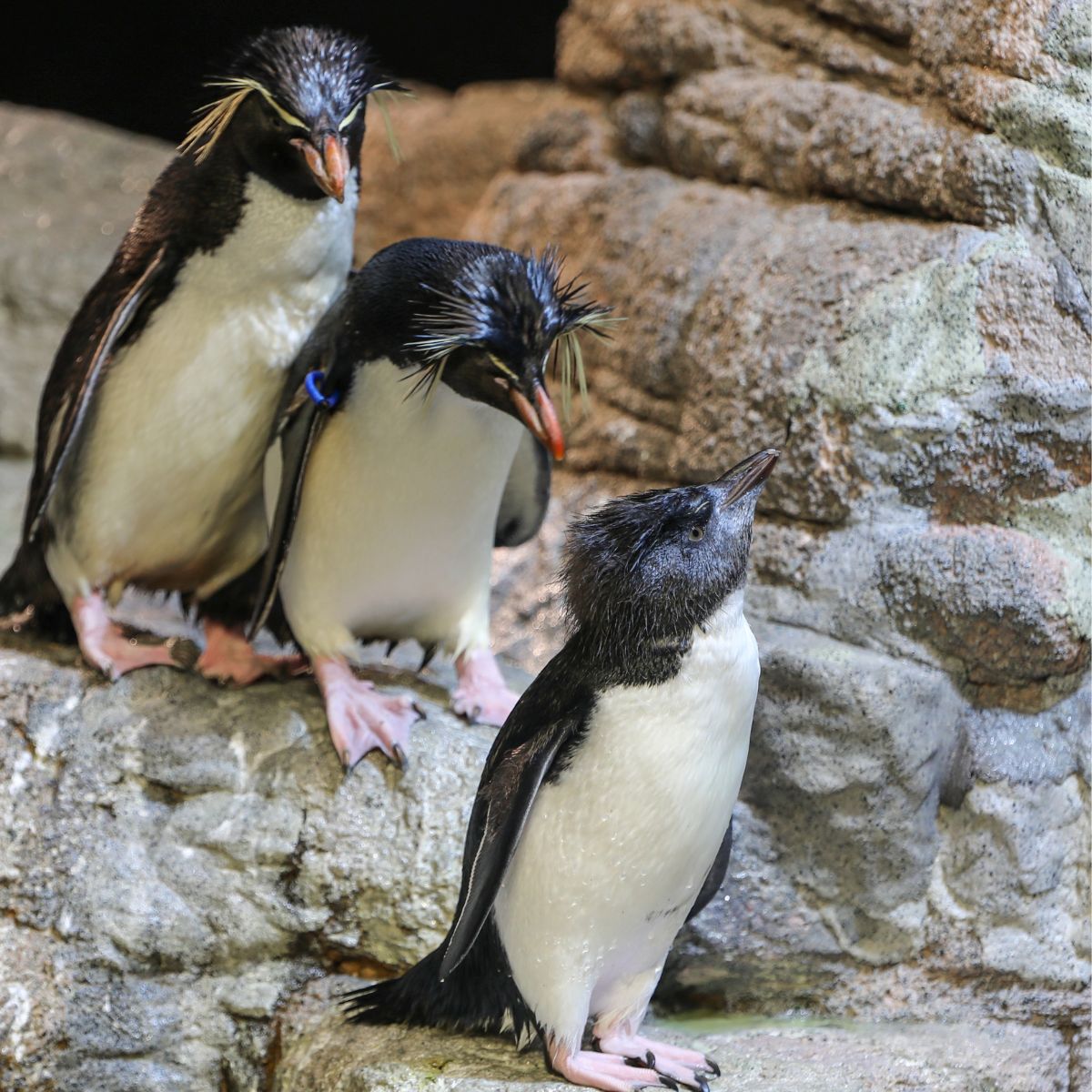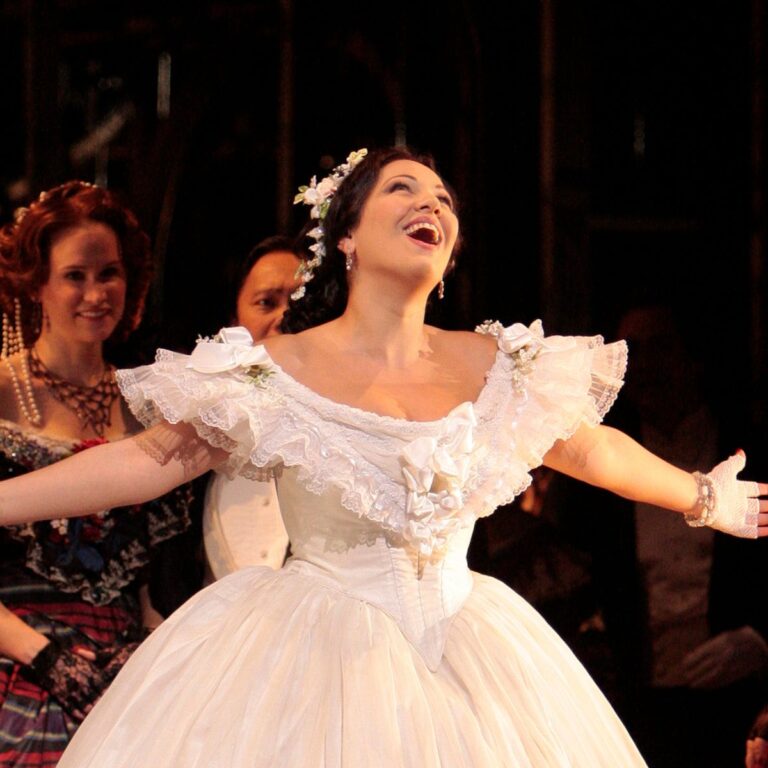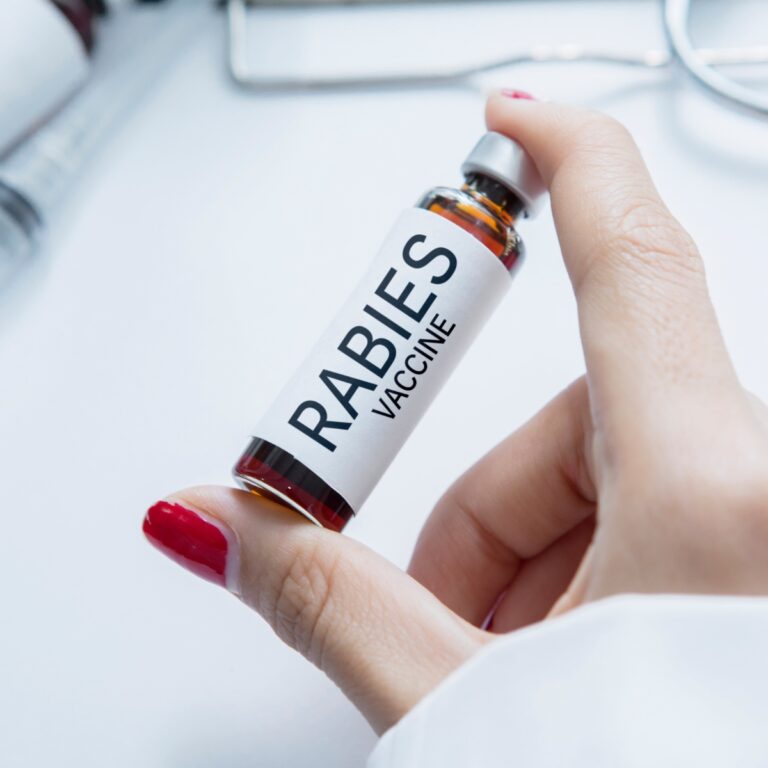Rescued Penguin Chick Rejoins Family at New England Aquarium
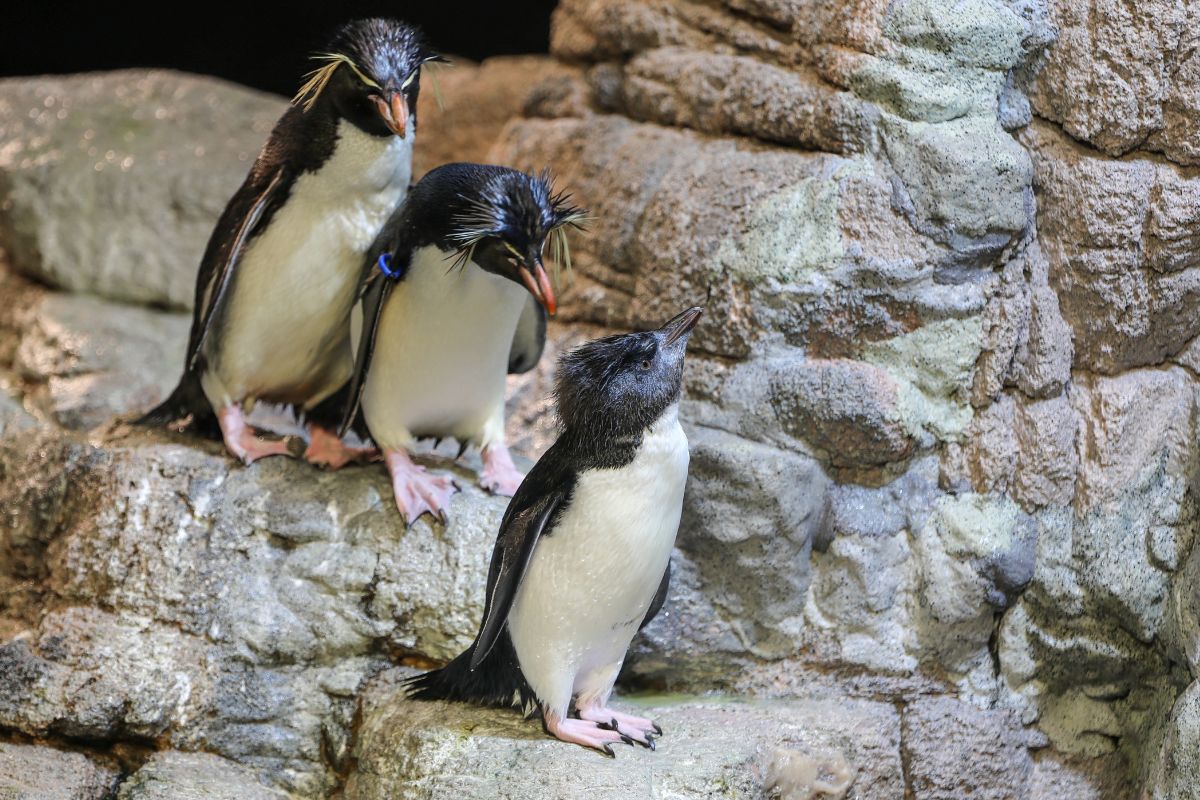
It was cause for excitement when a southern rockhopper penguin chick began to hatch at the New England Aquarium earlier this year.
Southern rockhopper penguins are listed as a threatened species, and every new chick represents a precious addition to a population whose numbers have dwindled by about 35% over the last few decades.
A Perilous Beginning
After observing attentively as parents Pebble II and Fuego II waited for their chick to hatch, the New England Aquarium’s Animal Care team came to realize the unhatched chick was not making sufficient progress, and would need human intervention to ensure their best chance of survival.
With skillful assistance from aquarium staff, the female chick emerged from her shell on June 23. After efforts to reunify the hatchling with her parents were unsuccessful, the dedicated aquarium team undertook the arduous task of caring for her themselves.
“Acting as parent for a penguin chick from such an early age is no simple feat,” explains Eric Fox, Assistant Curator of Penguins for the New England Aquarium.
“Round-the-clock care consists of constant observations of behavior, appetite, weight, and physical condition. We spend our time making smoothies with the perfect combination of fish, krill, and vitamins and then heating it up to the right temperature up to five times a day, depending on the chick’s needs. We filet little slices of fish and eventually work up to bigger and bigger pieces.
“Our penguin staff works closely with our Animal Health department to help provide our chick with all the care she needs. Knowing that this all started from the day it began to hatch, and now seeing a healthy juvenile penguin thriving in her habitat with our other penguins, it makes all the hard work worth it.”
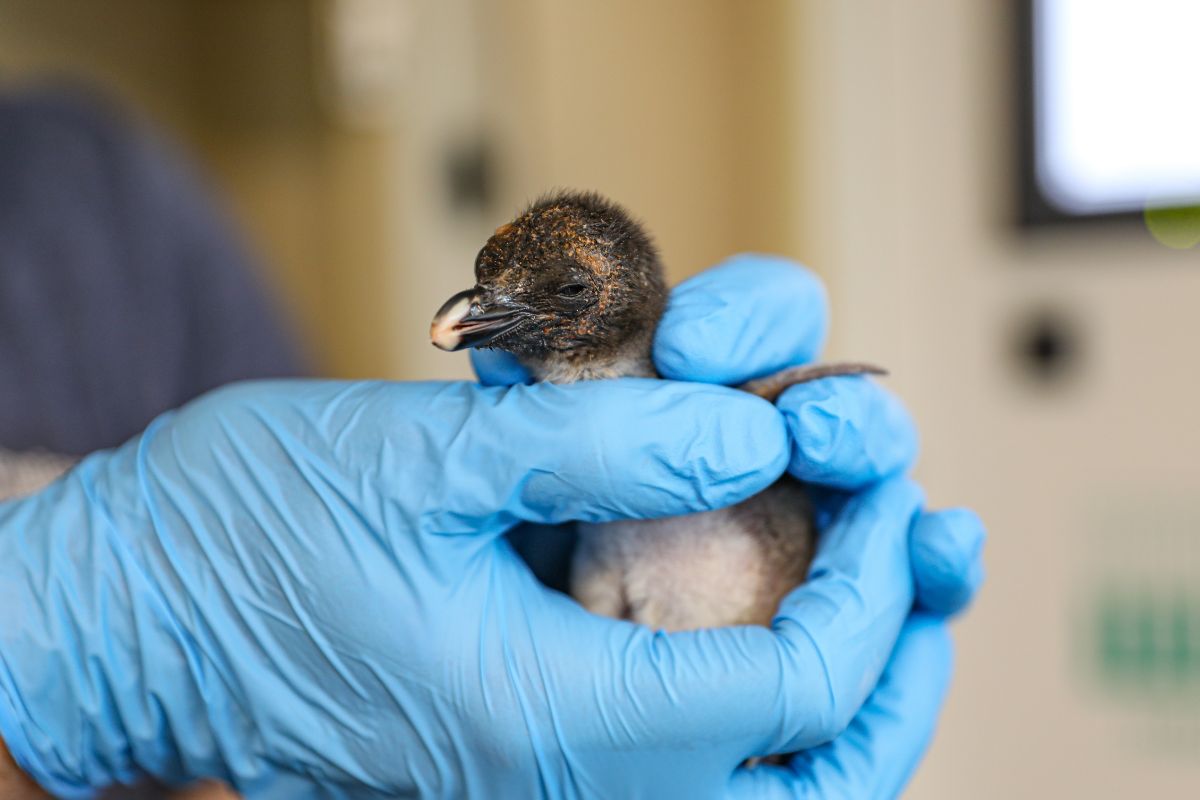
Rejoining the Colony
Part of that hard work has been teaching the little chick not just to eat on her own, but also helping her learn to socialize with other resident southern rockhopper penguins. Now that she has reached the age when penguins’ waterproof feathers finally come in, allowing them to swim safely, the youngster is at last able to join the rest of the colony in the exhibit. The aquarium gave her a full medical examination and received a clean bill of health before clearing the chick to join the colony.
Although the Animal Care team has now overseen the hatching and raising of nearly 200 penguin chicks as part of their breeding efforts at the Aquarium, this newest addition is only the tenth belonging to the southern rockhopper species. After two months of growing rapidly behind the scenes, enthusiasm is high as the young penguin finally joins the rest of the 13-member colony on exhibit.
Always a favorite Boston attraction, the New England Aquarium holds an extra-special treat in store for visitors this fall, as they get to observe the youngster integrating back into her family.

Aquariums Collaborate to Ensure Species’ Survival
Happily, this chick isn’t the only new addition to the southern rockhopper penguin population in the United States this summer.
Chicago’s Shedd Aquarium also welcomed a new southern rockhopper chick back in June. Proud parents Edward and Annie were able to raise the chick themselves, and it is now in the process of learning to independently socialize with other members of the colony.
The Shedd Aquarium has put a new emphasis on southern rockhopper breeding this year, citing the fact that this species is underrepresented in zoos and aquariums.
Breeding populations of southern rockhopper penguins in the United States are found at 13 different zoos and aquariums, which together participate in something called a Species Survival Plan (SSP), overseen by the Association of Zoos and Aquariums (AZA).
Given the critical importance of genetic diversity to maintaining robust breeding programs, one of the most vital elements of this Species Survival Plan is something called a studbook. The studbook is an elaborate set of records, mapping out the genetics and relationships of all penguins at zoos and aquariums that participate in the SSP.
A studbook keeper manages this set of records. With a passion for penguins, and in-depth knowledge of the genetics of captive breeding populations, studbook keepers act as an important hub for participating zoos and aquariums, facilitating the collaboration necessary to maintain genetic diversity in each colony. Working together, strategic breeding programs are crafted, to best ensure a continuing future for this threatened species.
For southern rockhopper penguins in the United States, the current matchmaker is studbook keeper Stephanie McIntosh, Senior Aquarium Birdkeeper at Omaha’s Henry Doorly Zoo in Nebraska.
“This female southern rockhopper will help grow the population in our SSP program for southern rockhoppers through production of future offspring at the New England Zoo,” explains Ms. McIntosh.
“Currently, we have 358 birds in 13 institutions in the US. Through my work as the SSP coordinator, I help holding facilities monitor breeding pairs to ensure appropriate genetic diversity for the population to remain sustainable, ultimately for 100 years or more. A lot of work, care, and thought goes into these birds, to maintain their presence in zoos and aquariums. Thank you to the New England crew for your dedication to the species!”
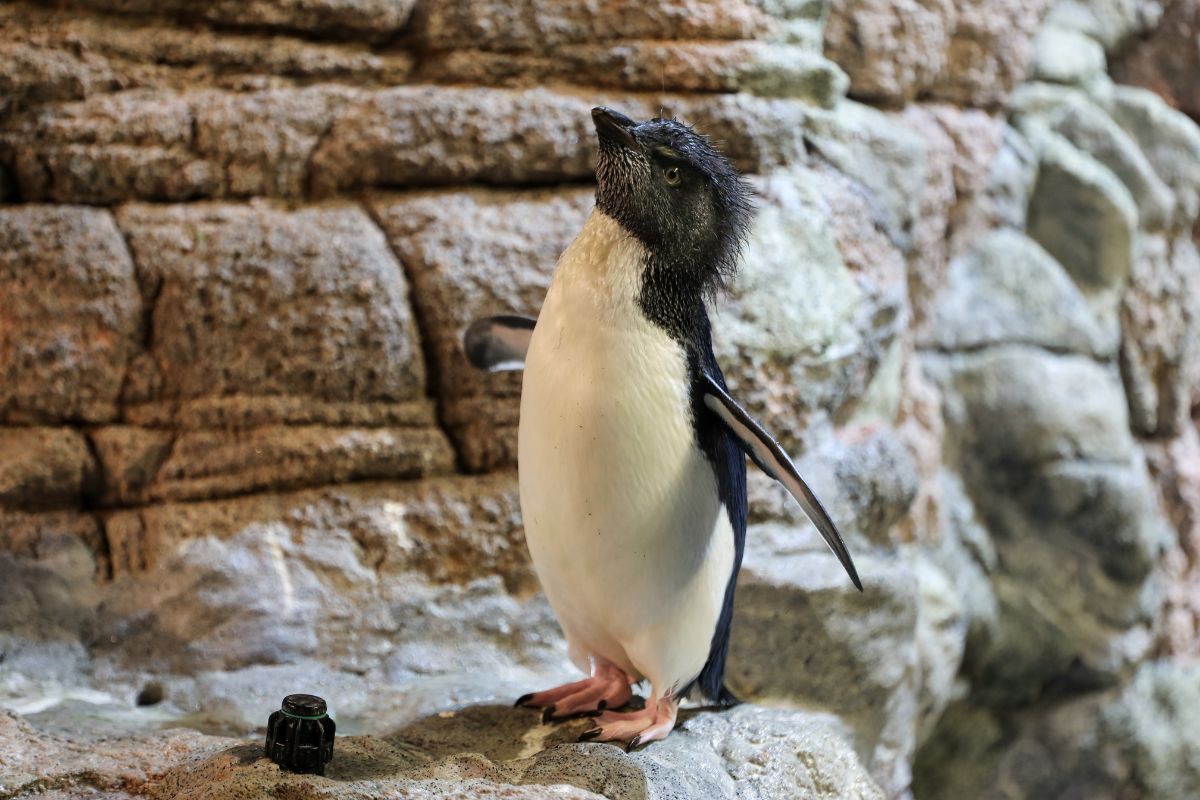
Aquarium Visitors Delighted by Adorable “Ambassador”
Back at the New England Aquarium, visitors can’t wait to catch a glimpse of the newest member of the southern rockhopper colony.
Eric Fox explains, “Our visitors are just as excited to see our new addition on exhibit as we are. You never know what she’ll be up to, whether it’s zipping through the water, climbing on the rocks, vocalizing at another penguin, or taking a nap in someone else’s territory.
“She serves as the perfect example for our visitors of what our job is all about: bolstering a species that is threatened in the wild and inspiring people to do more to help protect them.”
The new addition currently remains nameless, but a name reveal is expected in the near future.
While visitors eagerly await the unveiling of the new chick’s name, there is one clue: the Aquarium has indicated that it favors penguin names linked to natural history and conservation.
This naming effort is part of a mission the Aquarium takes seriously: helping visitors feel a connection to these birds who are ambassadors for a species that has perilously dwindled, but with dedication and care, may have a more hopeful future.
This is a syndicated article, and was first published on Wealth of Geeks.

